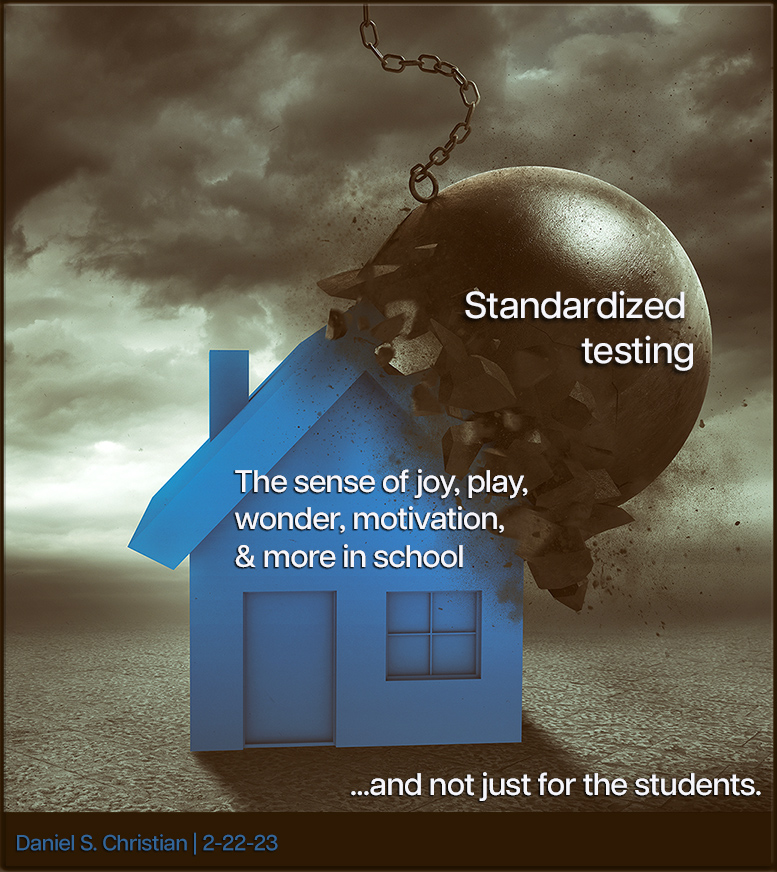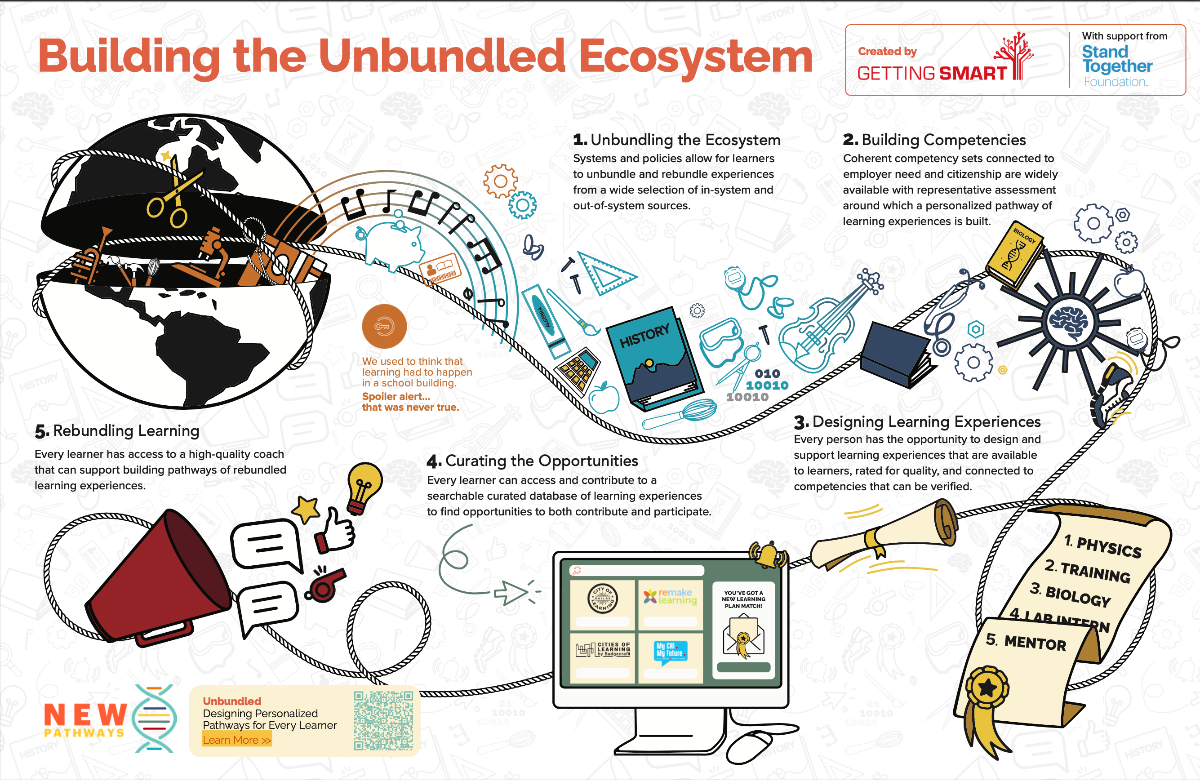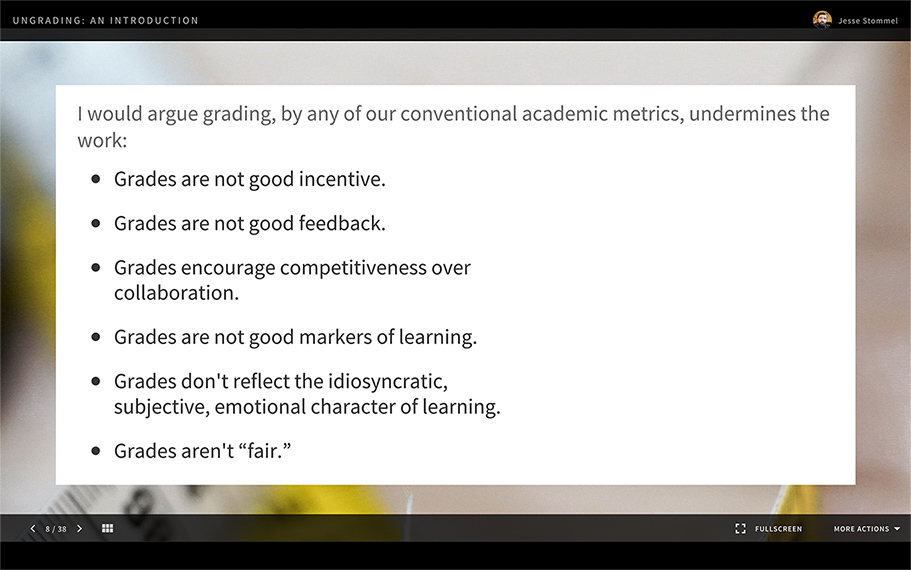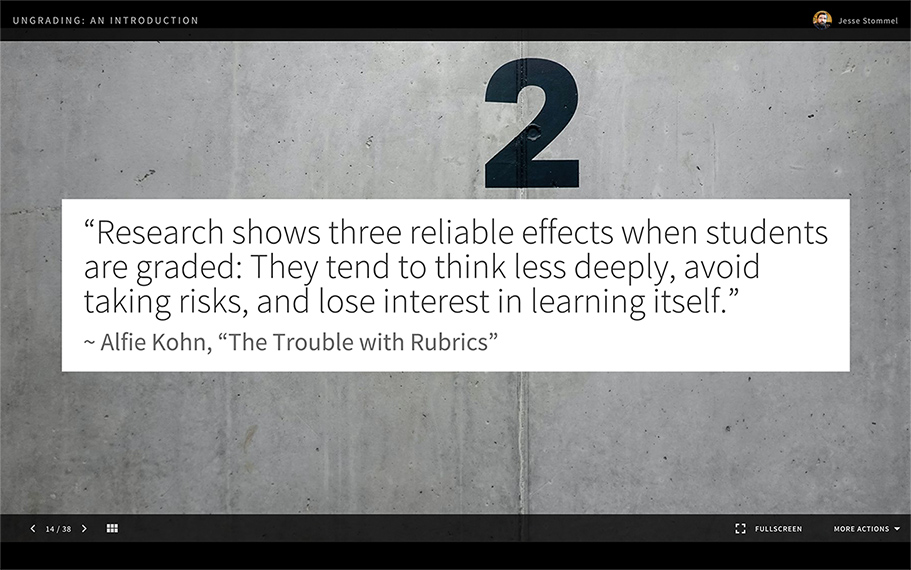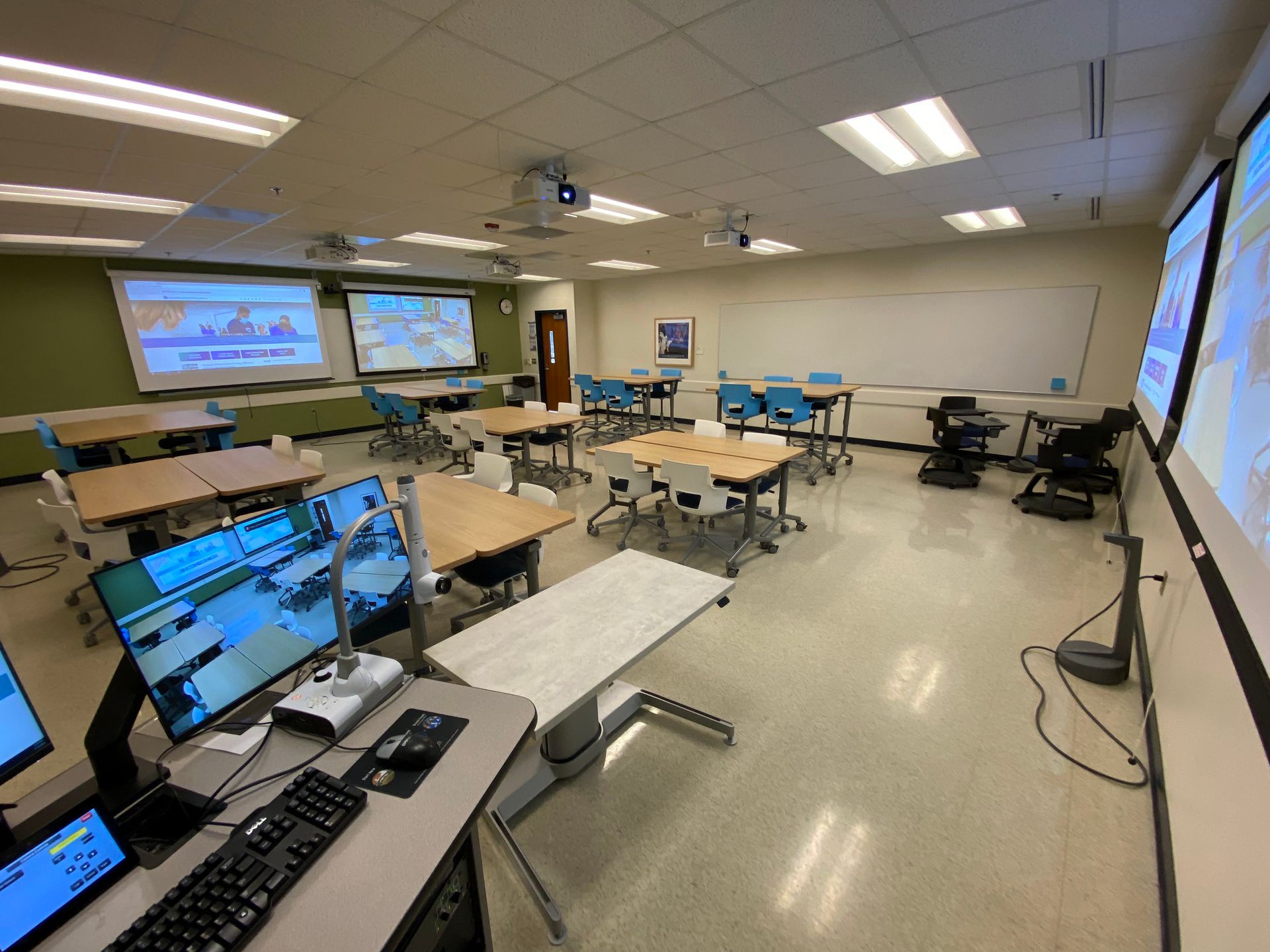Promoting Student Agency in Learning — from rdene915.com by Rachelle Dené Poth
Excerpts (emphasis DSC):
In many conversations, teachers are starting to shift from what has been a focus on “learning loss” and instead focus on reflecting on the skills that students gained by learning in different yet challenging ways. Some skills such as digital citizenship, how to collaborate and build relationships when not in the classroom together, and essential technology skills. Teachers learned a lot about themselves and the importance of reflecting on their practice. We learned in new ways and now, we have to continue to provide more authentic and meaningful learning experiences for all students.
From DSC:
I couldn’t agree more. There was a different type of learning going on during the pandemic. And that type of learning will be very helpful as our students live the rest of their days in an increasingly Volatile, Uncertain, Complex, and Ambiguous (VOCA) world. That kind of learning wasn’t assessed in our normal standardized tests. It may not have shown up in official transcripts. But it will come in handy in the real world.
When students experience learning that is meaningful, purposeful, and relevant to their lives, it boosts student engagement and amplifies their learning potential, to better prepare students for their future careers.
— Rachelle Dené Poth










